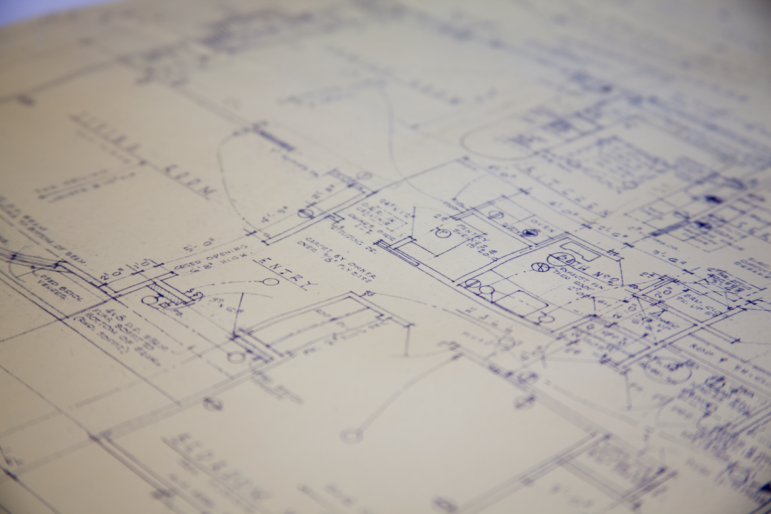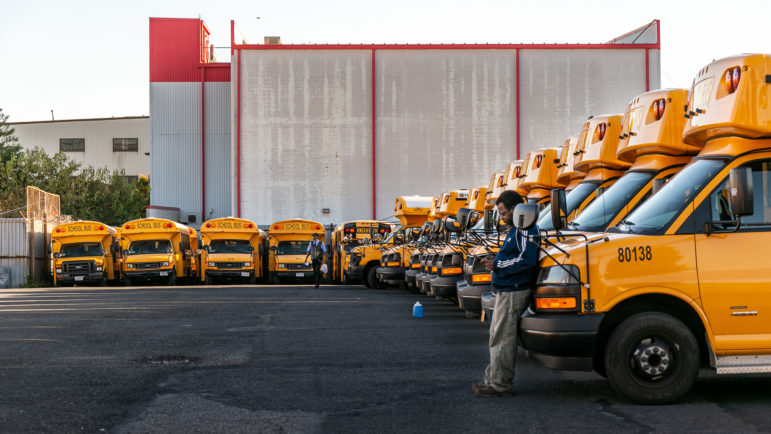
Will Scullin
We know that well-designed, quality housing that is affordable can help people move up and out of poverty, and it can play an essential role in impacting people’s health, economic empowerment, community resilience, and much more. Despite this, to build enough housing to meet the needs of the thousands of people who are housing insecure, we are constantly looking for ways to stretch diminishing financial resources. But good design and lower costs are not at odds; the housing design and production industry should be able to do both.
In an era when nearly all consumer goods have dropped in price, the staggering growth in the cost of housing is hard to believe. From 1960 to 2016, real rents grew by 70 percent, while real renter incomes grew by only 10 percent. In the same period, the proportion of renters paying more than 30 percent of their income on housing costs (those who are “rent burdened”) nearly doubled. One in four renters spend half their income on housing. In other industries, we develop breakthrough cost-cutting solutions on a regular basis that actually increase product quality. Why haven’t we been able to do it with housing?
Good design and cost-cutting seem to be contradictory goals in part because the conversation about the nation’s housing scarcity problem leaves little room for nuance. The prevailing framing seems to be: There is not enough housing, therefore, to house more people, we must stretch the limited financial resources we have, housing more people for the same or less money. This leaves few options for designers; they can either remove building elements or explore different building materials and methods to drive down costs. Not only does this limit creativity and stifle out-of-the-box solutions, it also takes focus away from the fact that high-quality housing can profoundly improve people’s lives and the communities we live in.
What if we flipped the script? The framing should be: There is not enough housing, therefore, in order to meet the demand, we must unwind the current systems and determine what are the barriers that prevent adequate housing production, and moreover the production of quality homes. This enables designers to rethink complete systems and add value.
This question was posed to a group of innovators from across housing-related professions at a panel that I moderated at the recent Reframing Housing Development event hosted by the Harvard Joint Center for Housing Studies. Participants questioned, in large and small ways, the processes by which housing is delivered. They shared innovative, site- and region-specific solutions that responded well to varied groups’ needs, all while lowering the cost of housing production.
Andrew Freear, Director of Auburn University’s Rural Studio, provided a brilliant example of this type of disruptive thinking. The Rural Studio has undertaken the $20K House Project , an endeavor to design and build a high-quality rural home for just $20,000 in hard costs. The dollar figure was derived from what a low-income family could afford in monthly payments on a 30-year mortgage. Through trial and error, the team developed several strong design solutions that meet this criterion. They gave their plans to local construction teams, who ended up using the plans as helpful guides rather than explicit blueprints, resulting in nearly double the project costs. Now, to deliver the low-cost homes they designed, the team is at work solving the real problem: how to design a communication system that motivates low-wage rural builders to follow their plans.
In another example of designers unlocking value by questioning assumptions, Brian Phillips discussed how he and his team at ISA, a Philadelphia based architecture firm, are pushing back against the “arms race for curb appeal” in Philadelphia. They advocate instead for investments to be redirected to “core appeal”—the high-use areas like kitchens and bathrooms that can improve quality of life.
Developers and builders can also play a role in reimagining housing design and construction. Panelist Michael Thomas of Panoramic Ventures explained how his team questions, minimizes, and/or eliminates certain elements that are taken for granted in the San Francisco market, focusing on the fact that the greatest amenity that they can offer tenants is an affordable option for living in San Francisco. In addition to opting for modular construction, Panoramic stuck to just three unit layout options. This led to faster buildout and allowed the company to rent units six months earlier, gaining those six months of rent dollars usually lost as the building is still under construction.
On another panel, Fritz Wolff of Katerra Development, headquartered in California, took this type of solution one step further, vertically integrating the entire building value-chain. Katerra has brought everything from architectural design to material production to project management under one roof. This holistic approach to supply chain management will bring cost savings to housing just like it has to other industries, like electronics.
Too often, designers are brought into development projects too late to make these kinds of fundamental changes in the production process. Good design thinking can help developers frame the problems they are solving, question their assumptions, and embolden them to try the new and unproven. It can also help policymakers create a regulatory environment that actually allows these ideas to scale. Families—particularly in low-income communities—shouldn’t have to sacrifice good design for affordability. Designers can help change the system so they don’t have to make that choice.
Katie Swenson is vice president of design and sustainability at Enterprise Community Partners.










8 thoughts on “CityViews: We Need Innovative Designs—and Open Minds—to Solve the Housing Shortage”
I love the idea of this, and it is worth pursuing. I would like to tag onto the design consideration, by adding the concept of designing out ‘problems’. For example, eaves and glazing placement to reduce load and operating costs. Or sealed combustion (when appropriate) versus atmospheric equipment that can back-draft. Or, designing for internal duct work, or no duct work to again reduce load and operating cost. Size of the living unit is the elephant in the room. My group had been involved with 40 sq meter (about 400 sq ft) homes in Mexico, and while not necessarily ready for prime time in the US, it does make you rethink priority and necessity. Best wishes, I hope to follow this dialogue.
This is a somewhat unsatisfying report. What are the costs, of the example projects cited? In the high-cost area of Denver, CO, there is no way a minimal house can be built for $20,000. Does that include labor cost as hard cost or is that just material? Modular construction with fewer square feet can produce lower costs, but at this time, that idea is hardly innovative. Even factory built housing has crept up in price and the differential between site-built and factory-built units is less than it was a few years ago. Several communities in Colorado are allowing tiny homes, within very limited geographic areas, but the tiny home is not really a livable option for families with children.
Dear Sirs;
The last bastion of true affordable housing is the MANUFACTURED/MOBILE-HOME. Cities and counties should be building new parks, on a two-to-one basis. One senior, two all age. Base rent in most mobilehome parks run from $400 to $1000 and that is for 2-3-4 bedroom homes. Using Imminent Domain, give the land owner their “Fair Rate of Return, build new parks, and eliminate the present corporate greedy park owners, then turn around and sell to Non Profit Organizations, thus saving true affordable and low housing.
It’s ‘Eminent Domain’ and the courts have a lot to say about how it’s used.
Solving the low cost housing shortage is multi-issued. Every region is unique with its particular socioeconomic and environmental situations. What point of an egg provides the most suitable way to analyze its weak point? So here, you’re looking only at hard building costs.
Subsidies are the ONLY way San Francisco is going to allow a home to be built for $20,000. The hard cost of real estate dirt prohibits anything less than what; $500,000? What is the cost of a building permit cost there?
Building a nice $20,000 home some countries is easily accomplished.
As for new innovative techniques; some of the things now available include 3D printing which completely minimize labor costs.
“Rethinking complete systems” requires an in-depth look at what the current system is. What is the system? In the early 1900s Western civilization embraced a new method of land-use. Our car-culture “system” is built on a totally unsustainable foundation: the automobile. There is nothing sustainable about an automobile and yet, every aspect of Western Society is built upon the automobile.
In rethinking the complete system; where are we now? We have environmental disparity, dirty air and oil laden roads carrying its product into the water shed. Socially, the unsustainable foundation has created road rage, heavy stress and social isolationism. In regards to an area’s economic stability, automobiles extract vast sums of economic value; that’s what automobile centric does.
To improve an area’s economic conditions, rethinking its land-use design is essential. Transportation is the base of all urban growth. This component must be sustainable.
So, to address the article specifically: the conditions for solving a housing shortage must be created with sustainable land-use design. This produces environmental and economic stability. By creating an economically stable urban design, affordable housing is more easily attained.
TO some extent Housing Shortage is artificial, if the city counsel remove some restriction on building new houses, the housing shortage can solve over night.
Not that easy.
I think that the only restrictions the city really has on allowing the building of new houses are based on the developers’ lack of following the basics of creating new home architecturally planned projects…